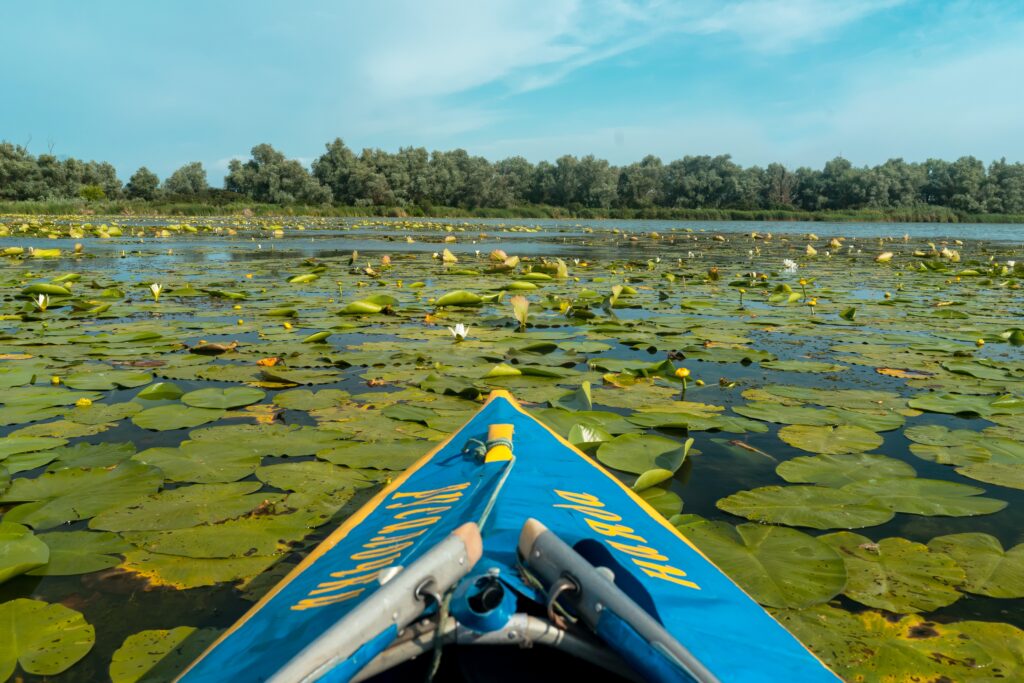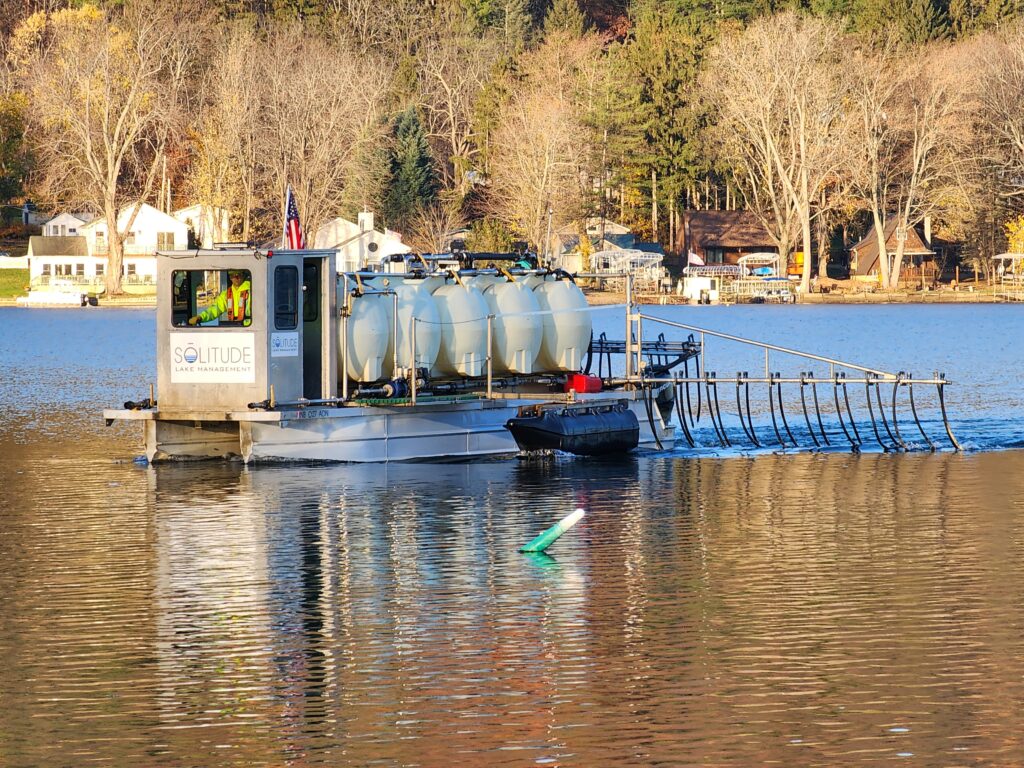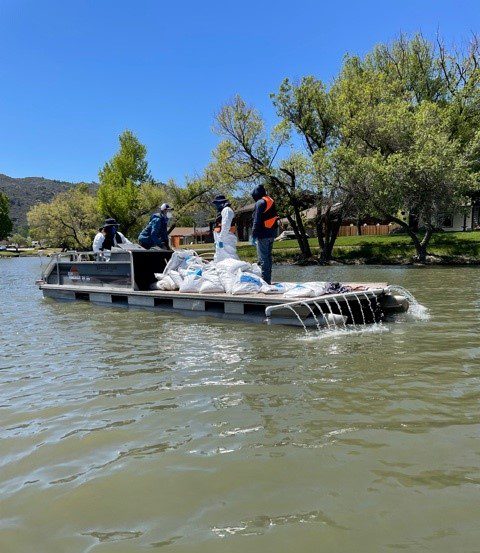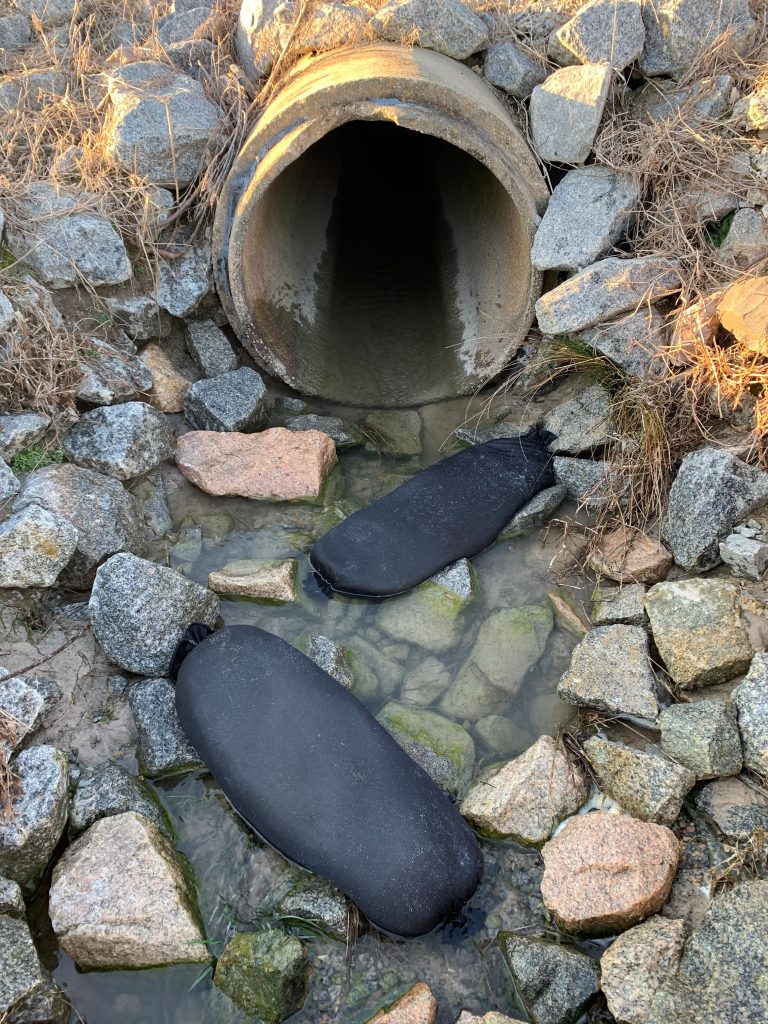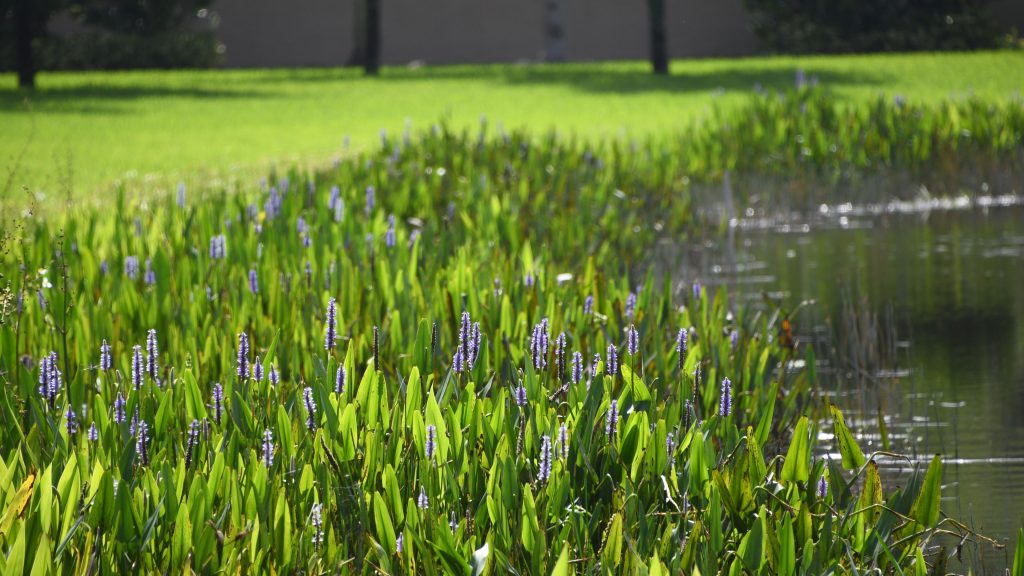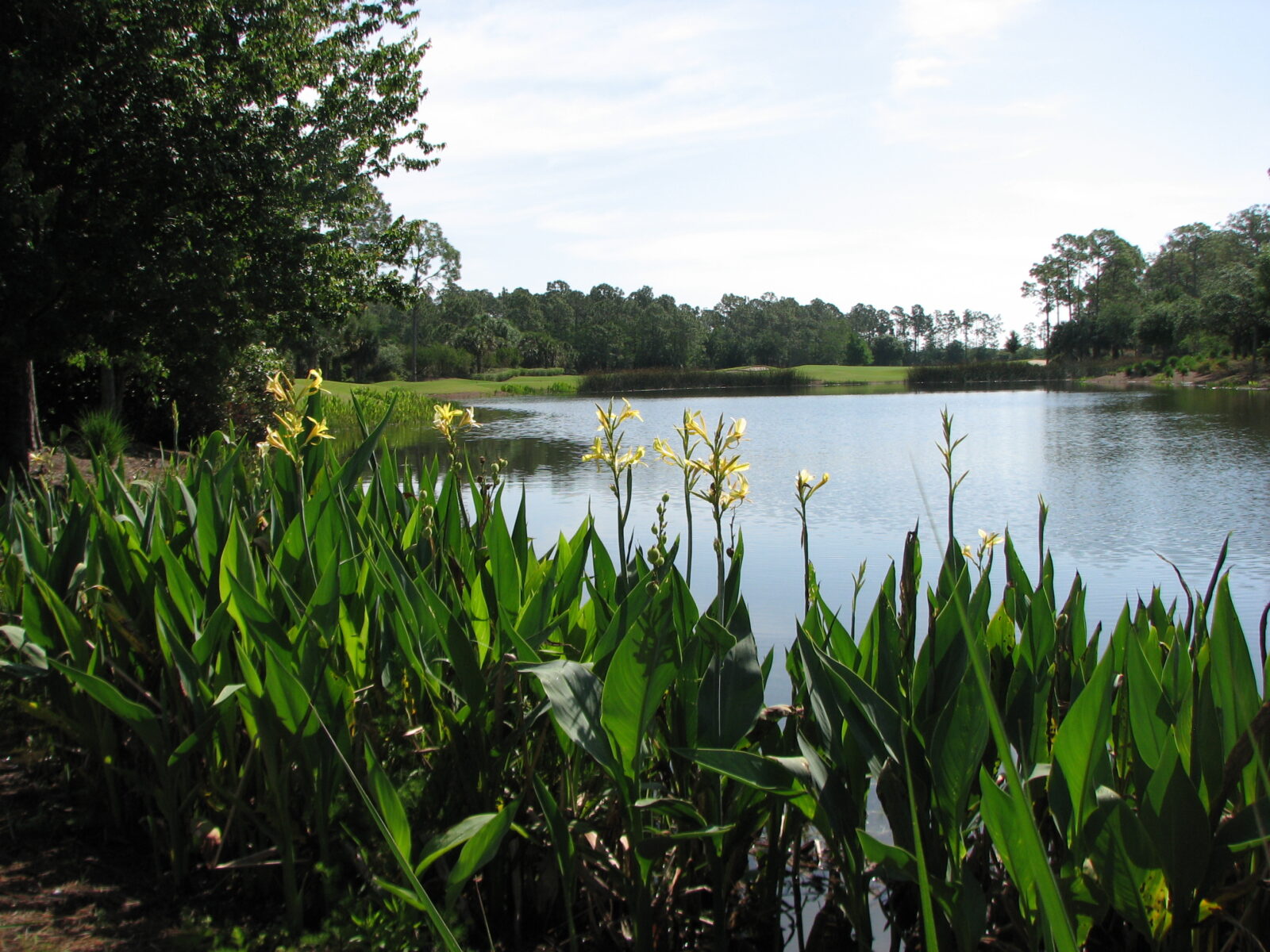
Nutrient Reduction: A Natural Solution to Long-Term Water Quality Improvement in Your Lake or Pond
As humans, we have an innate desire to spend time in and around the water. Almost nothing can distract us from the peace, beauty, and enjoyment that lakes and ponds offer…except algae. Whether it appears as a green scum on the surface of the water or as slimy, floating mats, algae is a cause for concern. Where there’s algae, there’s typically an unhealthy imbalance in the aquatic ecosystem. In order to restore balanced conditions, it’s essential to get to the root of the problem—nutrients.
How Nutrients Can Lead to Water Quality Issues
Nutrients may seem like an unexpected precipitator of poor conditions, but as they say, it’s possible to have too much of a good thing. Though nutrients are a building block of all aquatic life, excess concentrations of phosphorus can provide an overload of nourishment to pond weeds, algae, and dangerous cyanobacteria (commonly referred to as toxic algae or blue-green algae), accelerating their growth past normal levels.
How do excess nutrients impact water quality health?
Excess nutrients can be a gateway to a host of other issues:
- Bad odors
- Water cloudiness
- Insufficient dissolved oxygen
- Fish kills
- Algal toxins
- Shoreline erosion
- Muck development
- Flooding
- Receding waterfront property
- Reduced property values
- Complaints from residents
There are many eco-friendly solutions to help balance pond nutrient levels, some yielding more immediate results than others.
Alum: A Natural Tool to Manage Nutrient Levels
One effective and long-lasting solution is aluminum sulfate. Alum is a safe, natural substance that professionals apply to the water using specially-designed boats, barges, and other advanced equipment. During the process, the substance mixes into the water where it chemically binds with phosphorus. The particles briefly remain suspended like a hazy cloud before descending to the bottom. Once settled, the phosphorus becomes inactive. When water quality conditions are more balanced, aquatic weed and algae growth are less likely to occur.
Phoslock: A Popular Nutrient Remediation Tool
A similar solution that lakes and ponds can benefit from is the application of a lanthanum-modified clay that professionals refer to as Phoslock. When applied to the water, it binds with excess nutrients, chemically changing their composition to forms that better support balanced water quality conditions. It is also effective in “locking up” undesirable nutrients in the bottom sediments. This can result in a healthier, more beautiful waterbody.
Filter Nutrients from Flowing Water
Finally, for areas with flowing water like canals, streams, and ditches, professionals recommend strategies like nutrient filtration. During this process, porous filtering materials are placed in a sock-like bag. As water flows through the bags, phosphorus is captured and removed from the water column. Once the bag is full, it is pulled from the water for physical disposal.
Your lake and pond management professional may consider a number of factors when choosing which of these nutrient remediation products to implement. These may include your waterbody’s size, location, use, pH, nutrient load, dissolved oxygen concentration, muck level, and degree of water movement.
Prevent Excess Nutrient Levels with Proactive Solutions
Nutrient remediation solutions can help maintain balanced water quality levels, but it’s also essential to implement proactive strategies that prolong the beneficial effects of the application. Stakeholders can take an active role in protecting and preserving their water resources in several ways.
Introduce A Native Shoreline Buffer to Filter Nutrients
First, it’s important to introduce and maintain a beneficial vegetative buffer composed of native flowering species. These plants will absorb the excess nutrients and pollutants that typically flow into the water during rainstorms. Property managers should also encourage residents to adopt best practices like properly disposing of nutrient-rich trash, lawn clippings, and pet waste, reducing garden fertilizer use, and taking care around eroded shorelines. If sedimentation has become a significant problem along the bank, a complete shoreline restoration using bioengineered shoreline technology may be necessary.
Maintain Beautiful, Healthy Water with Proactive Management
Not only are these nutrient remediation products widely-available, they are considered all-natural. HOAs, golf courses, municipalities, and private property owners can find great success and value in integrating nutrient remediation strategies into their annual management programs. And nutrient remediation compliments many other sustainable solutions like aeration, mechanical hydro-raking, and biological augmentation that help your water resources stay in a healthier, more beautiful state for longer periods of time.
SOLitude Lake Management is a nationwide environmental firm committed to providing sustainable solutions that improve water quality, enhance beauty and preserve natural resources.
SOLitude’s team of aquatic scientists specializes in the development and execution of customized lake, stormwater pond, wetland and fisheries management programs. Services include water quality testing and restoration, algae and aquatic weed control, installation and maintenance of fountains and aeration systems, shoreline erosion control, muck and sediment removal and invasive species management. SOLitude partners with homeowners associations, golf courses, private landowners, businesses and municipalities. SOLitude Lake Management is part of Rentokil, a leading business services company, operating across the United States, Canada and Puerto Rico.
For more information, visit SOLitude Lake Management at solitudelakemanagement.com, and connect on Facebook, LinkedIn and Twitter.








